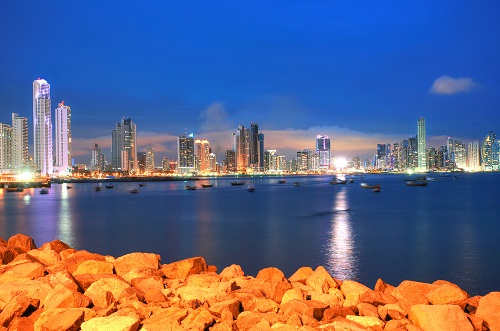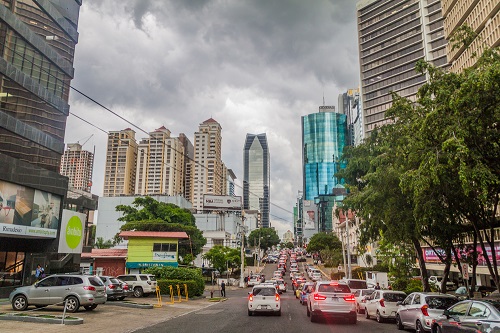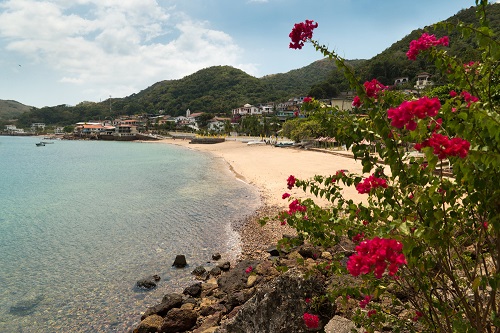Panama has a two-tier health system, divided between the state sector, with a form of national insurance, and the private healthcare market. The public sector is funded by the Ministerio de Salud (MINSA) and the Social Security Fund (Caja de Seguro Social or CSS), using contributions from employers and employees. These operate separate facilities, and the Caja de Seguro Social also runs a pension fund. The private sector has a growing market share in the country, with the rise of medical tourism.
How does the Panamanian state health insurance system work?
Panamanian health insurance operates on a reimbursement model, and if you are covered by one of the organisations above, you and your dependants will be entitled to use the public, or ‘regional’, hospitals, clinics (polyclinicas) and social security hospitals, depending on the type of national insurance you have. You will be expected to pay upfront if you visit a healthcare provider, including for emergency treatment.
As an expat retiree, you can opt into a national scheme voluntarily, but you may also be eligible for a pensionado discount – this entitles you to doctor’s visits, hospital stays, and prescription drugs.
If you are employed, your employer should register you with the CSS, but check that they have signed you up for this.
Note that your social security payroll contributions will not actually fund your health insurance per se. They are designated for old age, social and disability insurance. The contribution made by the government is designated for health insurance and maternity cover.

It is also possible to make voluntary contributions into the national health insurance schemes, such as if you are self-employed. To do this, you will first need to contact the CSS itself. It may need to see the following documents:
• Personal identity card or passport or original permanent resident card
• Copy of your income tax return and your payment receipt for comparison
• Any other document that the CSS requires in coordination with the Ministry of Economy and Finance
• Probate card for the designation of beneficiaries and/or heirs
If you are not working and wish to make contributions, contact the CSS and check whether it is possible to pay contributions into the system on a voluntary basis.
In order to register with your local doctor, look online or ask your local expat community for recommended practices. Many Panamanian doctors have worked or trained in the US and are bilingual. The US Embassy has a list of English-speaking providers in the hospital sector here. Costs are quoted at around US$20 to US$30 for a session with a GP, but they can be less.
Similarly, you should be able to locate your local dental practice (which is likely to be a private one) online or through word of mouth recommendations.
Panama has a large number of pharmacies, and you will be able to access your prescription medication once you have registered with a local GP. You will need to pay upfront. Ensure that you have your receipt (facture), and send this to your insurance provider for reimbursement. If you are a retiree, check with the pharmacist whether you are entitled to a pensioner’s discount, as outlined above.
If you opt to sign up with a hospital discount plan, costs will vary between institutions but can be as low $18 per month. They can include benefits such as: 100% reimbursement for emergency room services, 70% reimbursement for diagnostic tests, and 50% reimbursement for routine screenings.

Private health insurance in Panama
The private healthcare sector in Panama comprises four large hospitals – Hospital Nacional (HN), Centro Medico Paitilla, Hospital Punta Pacífica (HPP), and Clínica Hospital San Fernando (CHSF) – and a limited number of smaller health establishments.
You may choose to opt for private cover, in order to receive quicker access and added comfort. Some plans, such Cigna Global, will give limited coverage for the USA, in addition to Panama. Alternatively, you could register with a local health insurance provider.
You will need some or all of the following documentation to sign up with a local provider:
• Application form
• Copy of passport, residency card, or cedula
• Medical history
• Medical exam in Panama by an approved network doctor; men need a recent PSA exam, and women may need a recent mammogram
• Proof of residency or that you live in the country for 10 months a year
Remember to check with your insurance provider whether you will need to get any pre-approval for surgery or major treatments. Check, too, with your chosen clinic to see whether they will accept your insurance and, if so, how you will be expected to pay.

